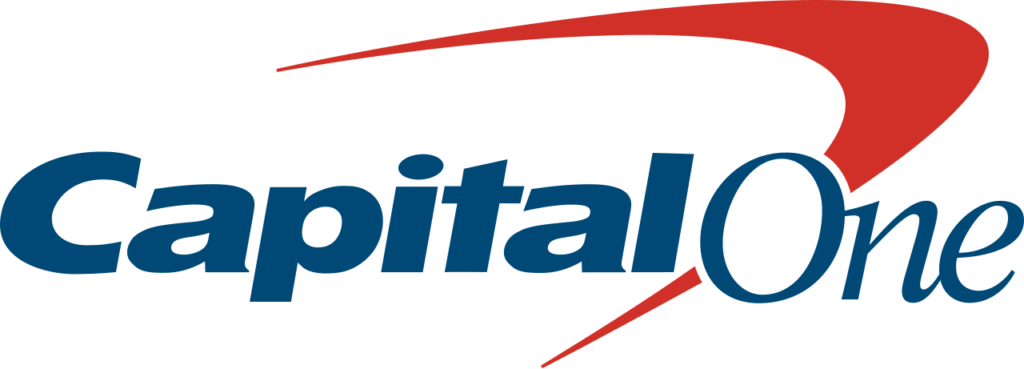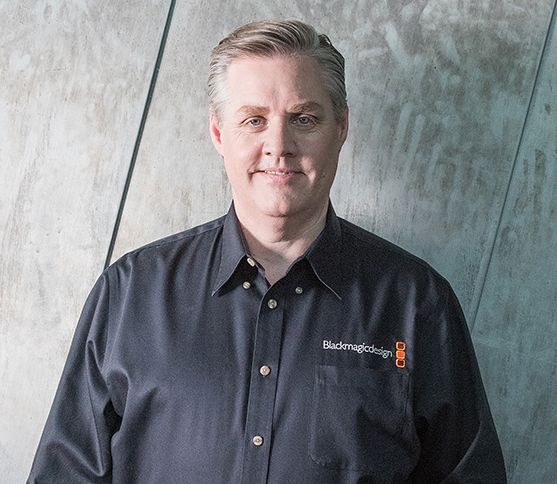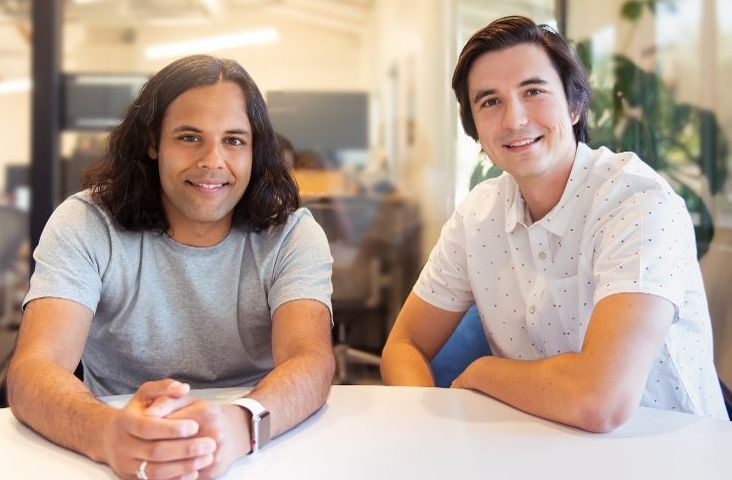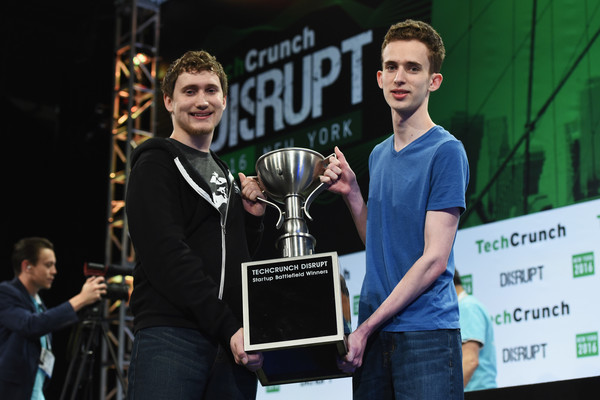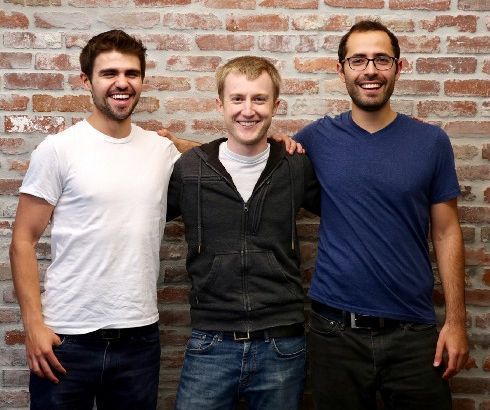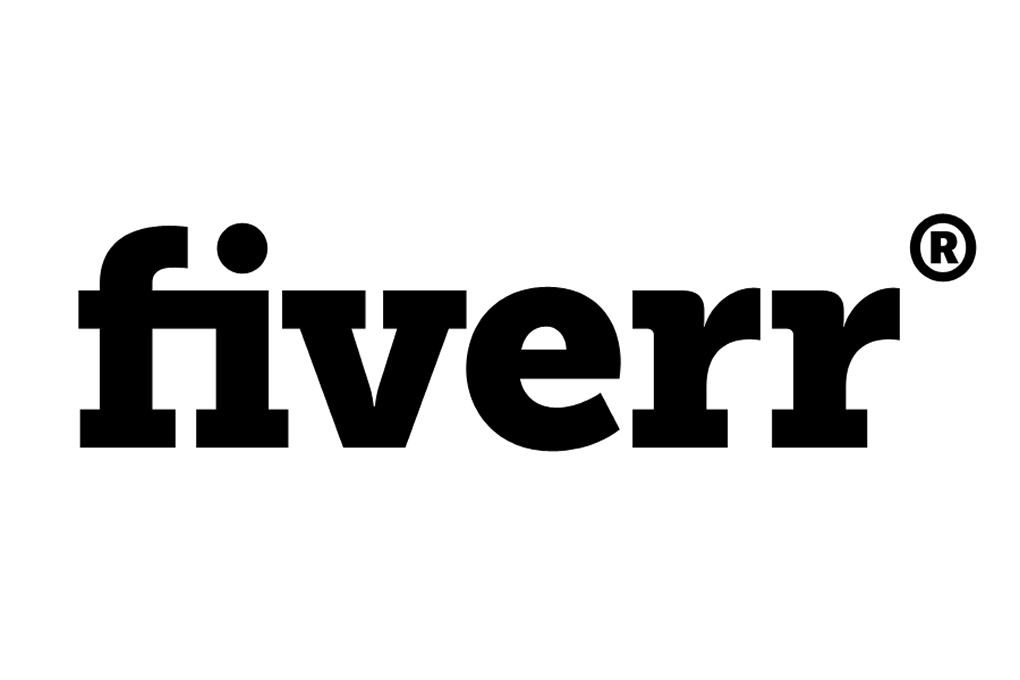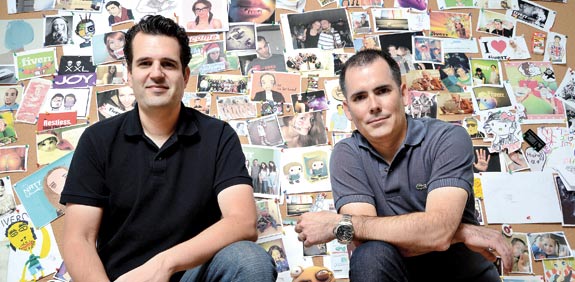Richard Dana Fairbank : The Founder of One of the Largest Banks in the U.S.
One of the most influential and financially predominant individual with quality of great leadership is what defines Richard Dana Fairbank. Banking business can make a profit like a spreading wildfire, and that is how Fairbank turned the wheel of his life.
Richard Fairbank, a billionaire in addition to the successful American businessmen, is the founder and owner of the bank holding company, Capital One Financial Corporation. He founded the company in 1994, along with Nigel Morris, an English businessman. Fairbank’s new strategies for credit models changed the entire face of the banking industry, thus, entering into a new era of entrepreneurship.
Education
Fairbank was born in 18th September 1950. In 1972, he graduated from Stanford University with a bachelor’s degree in economics. Later, in 1981, he completed his MBA from Stanford Graduate School of Business. Almost 12 years after founding Capital One, he received an award on excellent leadership from his university.
Career Before Capital One Happened
Before founding Capital One, Fairbank worked in a few different companies. He worked as a partner and consultant in Strategic Planning Associates (1985-1990), followed by the head of the credit card unit in Signet-Banking Corporation (1990-1994).
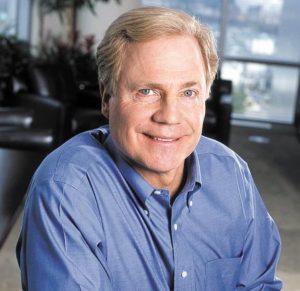
It was in the 1980s when Fairbank met Morris in a consulting firm, their mutual workplace. Since then, the idea of implementing new technologies to amend credit card plans hovered over their minds. Both Fairbank and Morris wanted to change the entire idea of charging an annual fee for credit cards holders, replacing it with different schemes for a different segment of the population. This is where they needed the contribution of information technology to manipulate data of consumers and their purchase list.
With the help of data management software, they were able to divide the entire population of credit card users into different categories, followed by offering them different plans and offers. They pitched Oracle Corporation for the job of database management, and they agreed to the new strategy of the company. It was due to this credit card model, both of them got hired by Signet-Banking Corp, in 1990.
Soon after the two economists joined Signet, the bank offered around three hundred different credit plans to its customers, charging the interest rate according to the divided categories. This was a breakthrough for both of them, but this was just the beginning. Fairbank along with Morris also developed a new strategy of transferring money from one credit card to another, with a relatively much lower rate of interest. This attracted quite a robust number of new customers, hiking the profit to an unexpected level.
And, in 27th July 1994, Signet announced the credit card division split-off, renaming it as Capital One. Richard Dana Fairbank was made the CEO of the company, and currently, it is the seventh-largest U.S commercial bank by assets.
The success of Capital One
The success of Capital One became so enormous that it superseded the sale and profit of Signet, its parent company. Fairbank made Capital One look like a massive credit card business in partnership with a bank rather than a spun-off segment of a banking business.
By 1995, Capital One completely became an independent business whereas Signet came under the acquisition of First Union Corporation. Within a single year of its establishment, Capital One made a 25% increase in the net income of the company, making it to the list of top 10 credit card issuers in the U.S.
Capital One is an ideal banking company, where excellent business models are backed up by strong database manipulating software. The company first analyses the needs of a customer and then build credit card plans accordingly.
After many years of successful business, during early 2000, people started questioning about the algorithms used by Capital One to access information about customers, and hence, the stock prices dropped. Though ultimately nothing risky was found in the algorithm, Fairbank and Morris saw it as a future threat to the company and decided to form an executive board to make decisions for the company.
Achievements of Fairbank
Richard Dana Fairbank was honoured with the award of Washingtonian’s “Business Leader of the Year” and Credit Card Management’s “Entrepreneur of the Year”. He is also listed among the top ten Bank CEOs, who became a billionaire and have achieved many other things.
Personal Life
Fairbank is married to Chris Fairbank, and they have eight children. They are settled in Virginia.

Annasha Dey is an NIT student, who apart from studying engineering is also a content writer. She has a great interest in photography, writing, reading novels, and travelling as well. She is a foodie who loves socializing and hanging out with her friends. She is also a trained Kathak dancer and a big fashion enthusiast. Dey also loves watching TV series, which includes F.R.I.E.N.D.S. and Big Bang Theory. To be a better writer she prefers to read more
